.webp)
Chevrolet

1949-1960s
Written by Leo Corday and Leon Carr, this slogan jingle hybrid launched with TV hosts Peter Lind Hayes and Mary Healy. Dinah Shore made it legendary starting in 1952, singing on her NBC show for a decade. The song sold cars by selling America itself—encouraging road trips over product features. Shore became "Ms. Chevrolet," and her blown kiss ending each show became iconic.
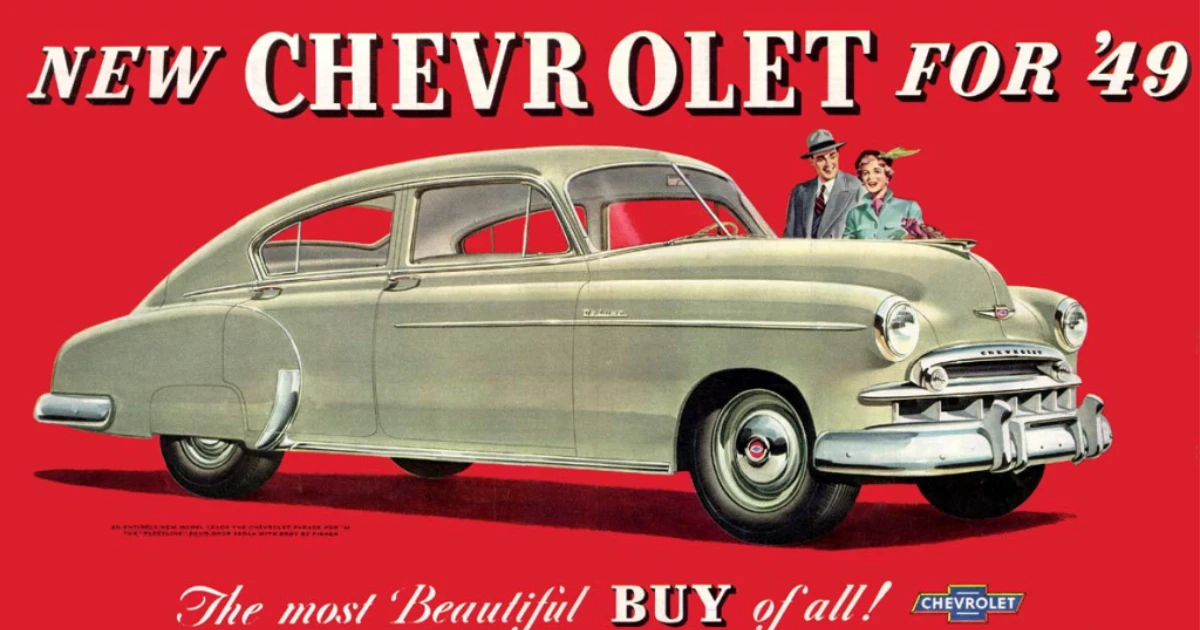
1960
Economic positioning car slogan during recession fears. GM faced growing competition from imports like the Volkswagen Beetle. The campaign emphasized the value proposition—maximum features for minimum cost. Reflected Detroit's pre-safety regulation era when price and size mattered most to buyers. Short-lived as the economy rebounded.

1961
Playful wordplay campaign for model year 1961. Era of tail fins, chrome excess, and space-age styling. GM was selling style and optimism during the Kennedy administration's early days. The campaign reflected American confidence in technology and progress.
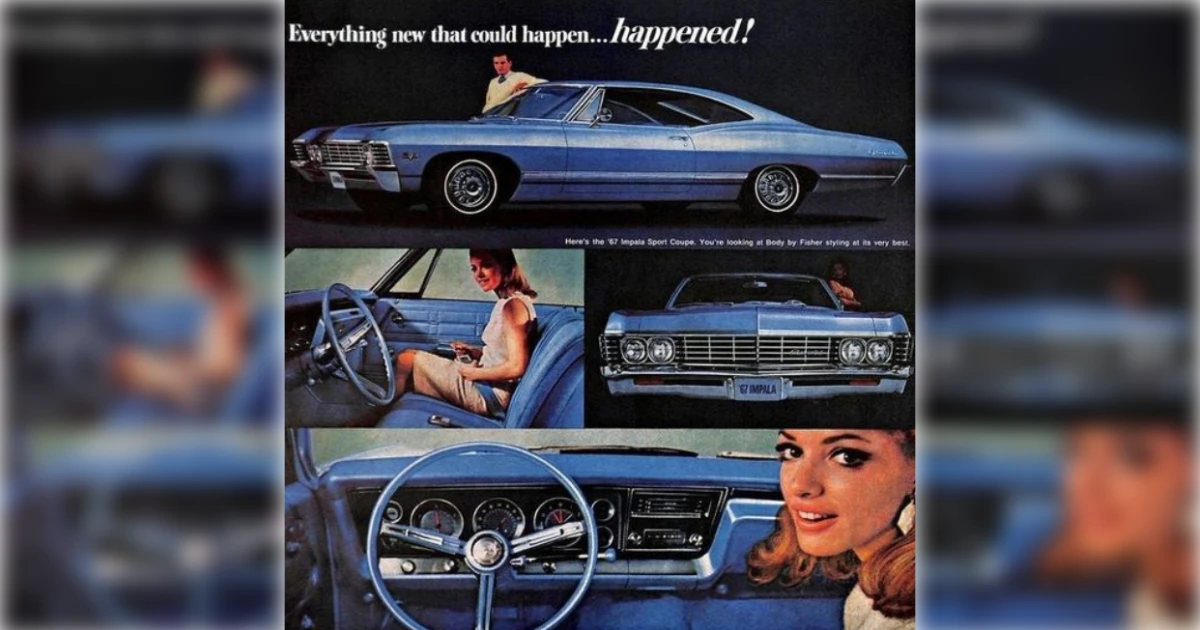
1967
Launched during the peak muscle car era. Chevrolet introduced the Camaro to compete with the Ford Mustang. The campaign highlighted new safety features, emissions controls, and performance options. Reflected the rapid technological change in automotive design. Marketing emphasized innovation during a turbulent social period—the Vietnam War, the civil rights movement are two examples.
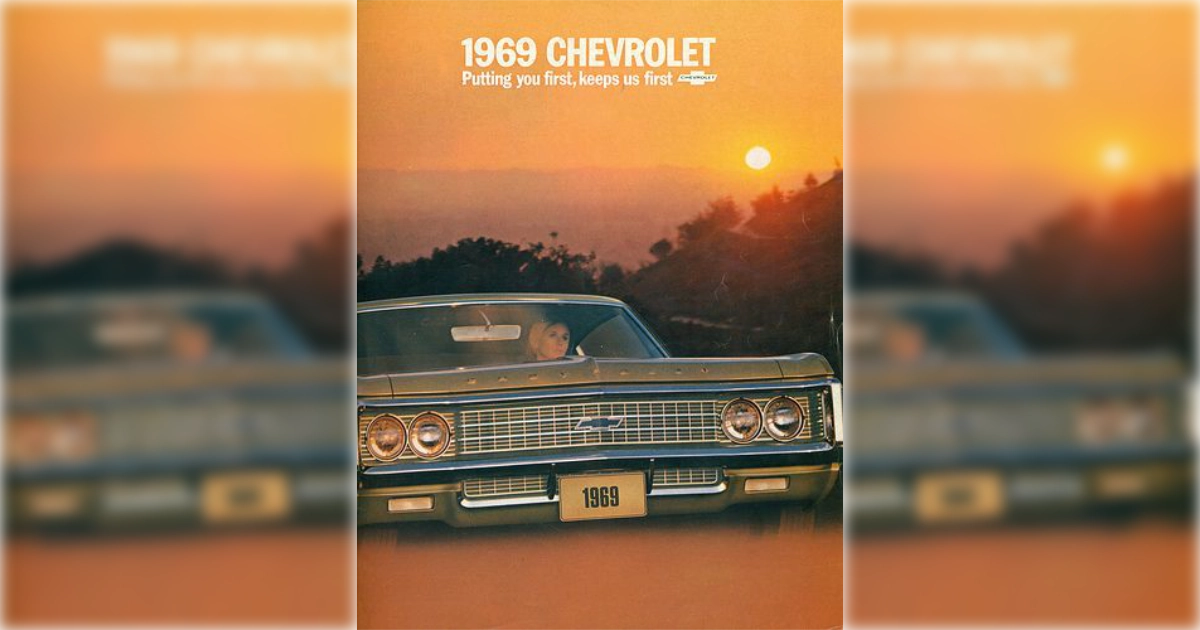
1969-1971
Customer-focused messaging during a challenging period. When foreign imports were gaining market share. GM responding to reliability concerns and changing buyer preferences. The campaign emphasized service and customer satisfaction over pure performance. Ran during the economic downturn, oil crisis fears, and the beginning of the environmental movement.
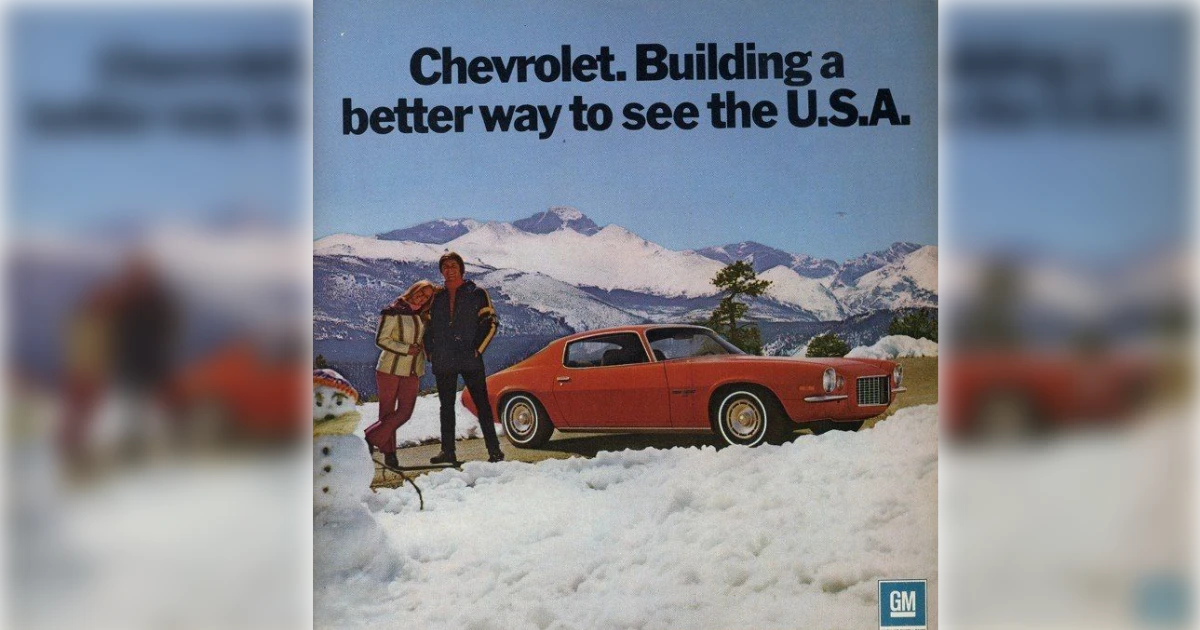
1972-1974
Infrastructure-focused campaign during interstate highway completion. The energy crisis shifted buyer priorities toward efficiency. GM promoted touring, family travel, and American exploration. The campaign bridged the gap between the muscle car era and the fuel economy focus. Reflected optimism about American travel despite gas shortages.
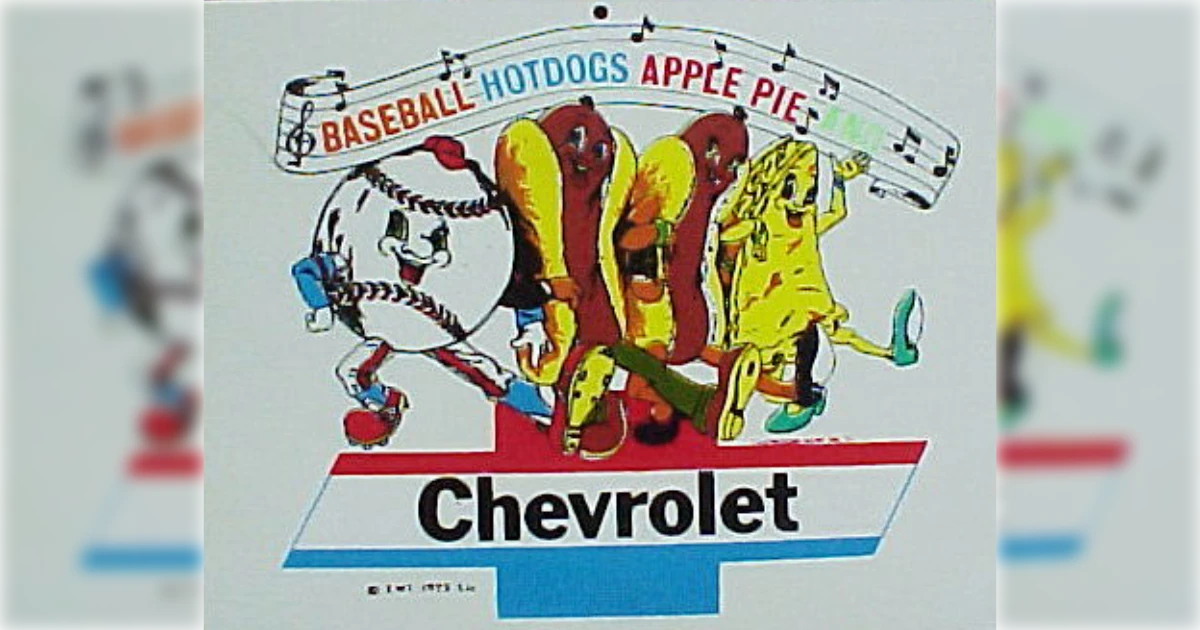
1975-1977
Peak patriotic messaging during the bicentennial period. Listed Chevrolet alongside quintessential American symbols. The campaign responded to foreign competition by emphasizing American identity. Adapted globally. Tapped into cultural nostalgia during economic uncertainty.
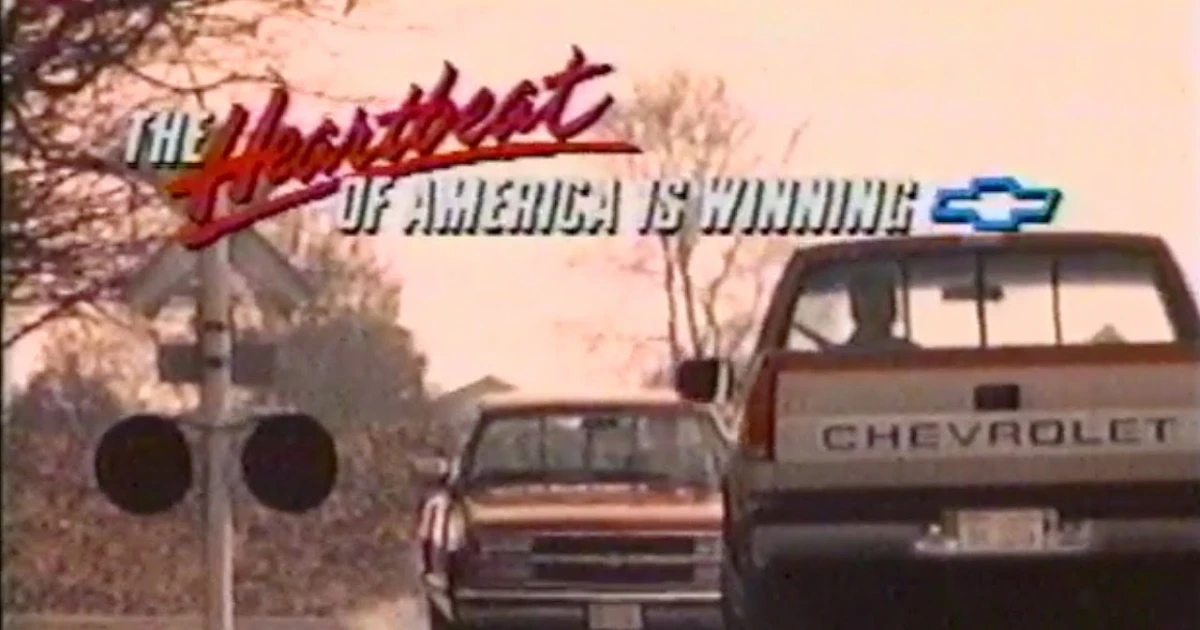
1985-1993
Campbell-Ewald's response to the Japanese quality revolution. Repositioned Chevrolet as an essential American brand. Featured first bowtie logo without embedded text. The campaign was so popular that dealers fought to continue using it after GM moved on. Composed by Robin Batteau, sung by Joey Levine. Ran during GM's peak employment—618,000 workers.
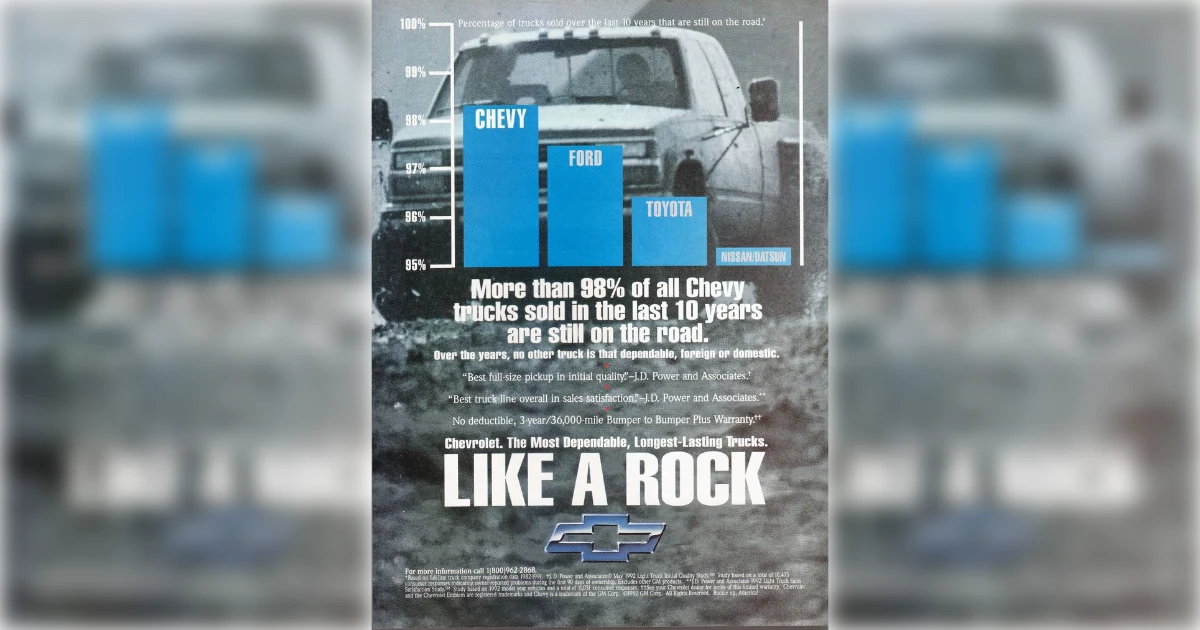
1991-2004
[Trucks only] Bob Seger's 1986 song licensed for truck durability message. Seger initially refused, but changed his mind after a plant worker's request. The campaign ran for 13 years, the longest truck campaign ever. Featured blue-collar Americans working hard with their trucks. Ended long-standing truck rivalry with Ford.
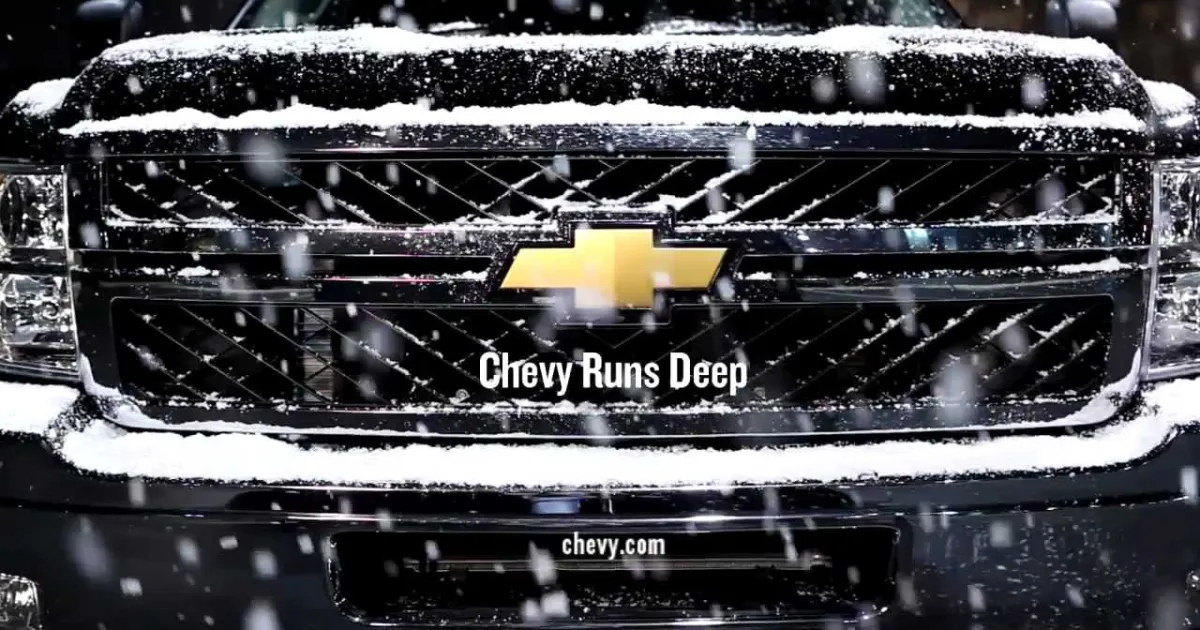
2010-2013
Post-bankruptcy rebuild campaign by new agency Goodby Silverstein. Replaced the 90-year Campbell-Ewald relationship. Featured Tim Allen voiceover, historical GM footage. Positioned Chevrolet as woven into the American fabric. Campaign criticized as ineffectual, replaced quickly. Represented GM's attempt to reconnect with its heritage after the financial crisis.
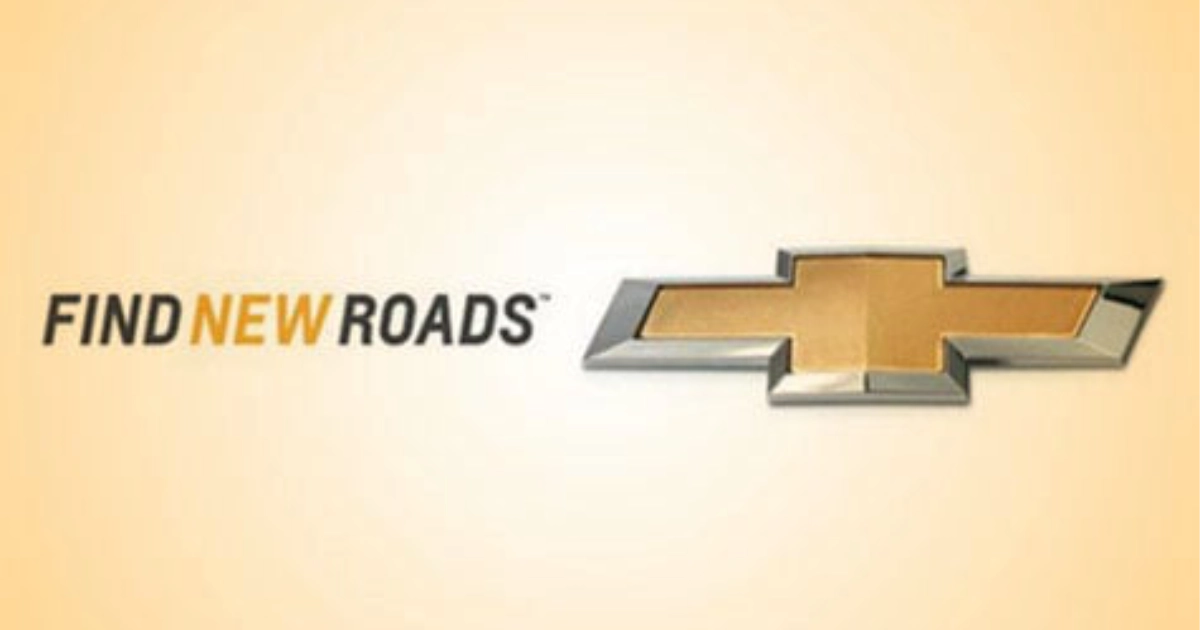
2013-Present
The current global campaign emphasizes exploration and innovation. Launched during GM's electric vehicle pivot. First commercial featured a diverse vehicle lineup, including the Volt hybrid. The campaign covers worldwide product launches, adapted for different markets. South Korea added a local language element. Reflects the brand's forward-looking positioning in the changing automotive landscape.